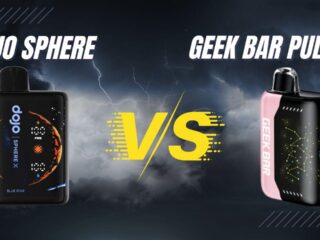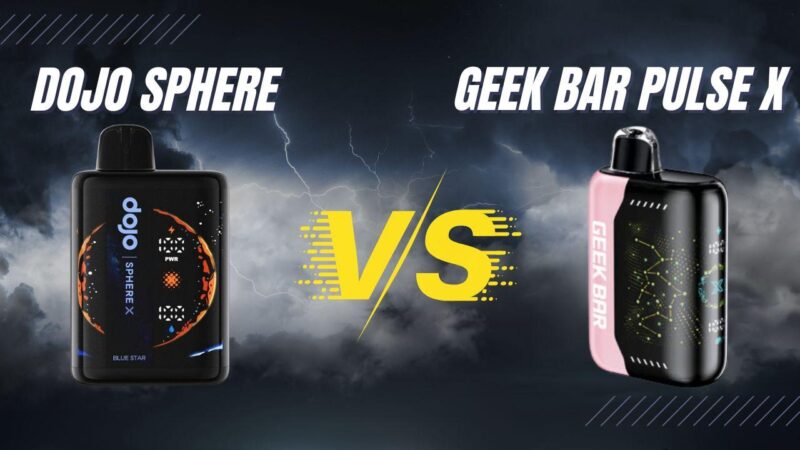
In the ever-evolving landscape of technology, the Internet of Things (IoT) has become a cornerstone of innovation, connecting everyday objects to the Internet and making our lives more interconnected. However, the true potential of IoT devices is often unlocked through well-designed companion apps. These apps serve as the bridge between users and their devices, enhancing functionality and user experience. Let’s delve into the world of companion app development and explore how to create apps that perfectly complement IoT devices.
Understanding the Role of Companion Apps
Companion apps are more than just remote controls for IoT devices; they are the user interface that adds context, control, and enhanced functionality. Whether it’s a smart home appliance, a fitness tracker, or a connected car, the companion app can transform the user experience from mundane to extraordinary. But how do you design an app that truly complements your IoT device?
Identifying User Needs and Preferences
The first step in companion app development is to understand the needs and preferences of your target users thoroughly. What are the key functionalities they seek? How can the app make the device more intuitive and user-friendly? For instance, a BBC News report on smart home devices highlighted the importance of apps that simplify complex home automation systems.
Designing for Seamless Connectivity
Seamless connectivity between the app and the IoT device is crucial. This involves ensuring stable Bluetooth or Wi-Fi connections and quick pairing processes. The app should reliably communicate with the device, providing real-time updates and controls without any lags or disruptions.
Prioritizing Intuitive User Interface
The app’s user interface (UI) should be intuitive and easy to navigate. Users should be able to access all the necessary functionalities without feeling overwhelmed. This includes a clean layout, straightforward menus, and clear instructions. Remember, the app is often the first point of interaction for users with the device, so a positive experience is key.
Enhancing Functionality with Advanced Features
To truly stand out, companion apps can offer advanced features such as customization options, usage analytics, and predictive maintenance alerts.
These features enhance the user experience and add significant value to the device. For instance, a fitness tracker app that provides detailed health analytics and personalized workout recommendations can be a game-changer for users.
Ensuring Robust Security Measures
Security is paramount in IoT applications, especially when dealing with personal or sensitive data. Strong encryption, secure login mechanisms, and regular security updates are essential to protect user data and maintain trust.
Testing and Optimization
Rigorous testing is an integral part of companion app development. This ensures that the app is bug-free and optimized for different devices and operating systems. Testing should cover various scenarios, including device connectivity, app performance, and user interaction.
Adapting to User Feedback
It’s important to adapt and evolve the app based on user feedback after its launch. Regular updates, new features, and improvements based on user suggestions can significantly enhance the app’s value and longevity.
Marketing and User Education
Effective marketing strategies are essential to attract users to your app. This could include social media marketing, influencer partnerships, and targeted advertising. Additionally, educating users on the benefits and functionalities of the app can boost engagement and adoption rates. A feature by Forbes on marketing strategies for app developers provides valuable insights into this aspect.
Integrating with Other Ecosystems
Interoperability can be a significant advantage in the world of IoT. Developing companion apps that integrate with other smart devices or ecosystems can provide a more holistic and convenient user experience.
This could involve partnerships with other IoT manufacturers or integrating popular smart home platforms.
Conclusion
Developing a companion app for IoT devices is a journey that involves understanding user needs, seamless connectivity, intuitive design, advanced functionality, robust security, and continuous adaptation.














